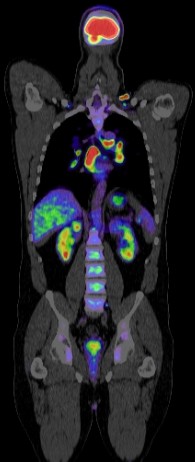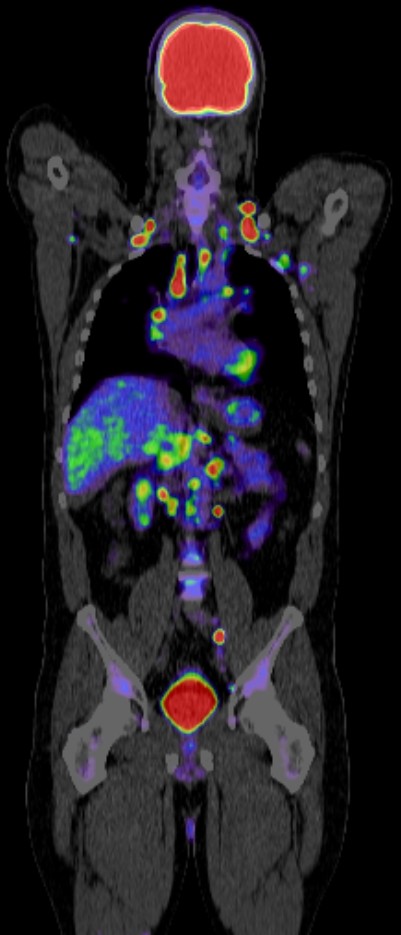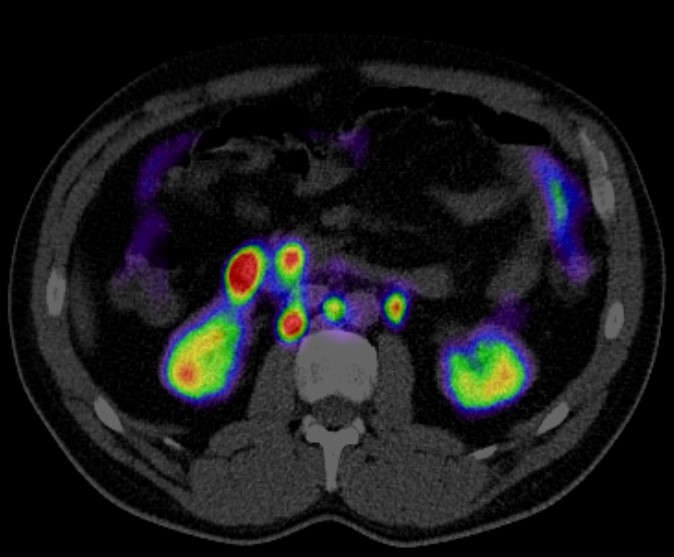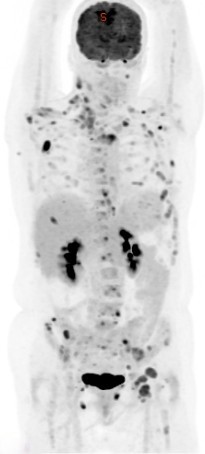Non-Prostate Urological Cancer





PET CT has increasingly been recognized for its utility in the management of non-prostate urological cancers, such as bladder cancer, renal cell carcinoma, and testicular cancer. Here’s an overview of its roles in these cancers:
Bladder Cancer
Diagnosis and Staging
- Primary Tumor Detection: While cystoscopy remains the gold standard for detecting primary bladder tumors, PET CT can help in assessing the extent of the disease, particularly in cases where other imaging modalities are inconclusive.
- Staging: PET CT is valuable for staging bladder cancer by detecting both regional and distant metastases, which is crucial for treatment planning.
Treatment Planning
- Radiotherapy: PET CT aids in precise radiotherapy planning by accurately delineating the tumor and involved lymph nodes, thereby improving targeting and sparing healthy tissues.
Monitoring Response to Therapy
- Chemotherapy and Immunotherapy: PET CT can assess metabolic response to chemotherapy and immunotherapy, providing early indications of treatment efficacy.
Detection of Recurrence
- Surveillance: PET CT is useful in monitoring for recurrence, especially in patients with high-risk bladder cancer.
Renal Cell Carcinoma (RCC)
Diagnosis and Staging
- Primary Tumor Evaluation: PET CT can be used to evaluate the primary renal mass, although its role is somewhat limited compared to other modalities like CT and MRI.
- Metastasis Detection: PET CT is particularly valuable in detecting distant metastases, including in the bones, liver, lungs, and lymph nodes.
Treatment Planning
- Surgical Planning: It helps in planning surgeries by providing detailed information about the extent of the disease.
- Targeted Therapy: PET CT can guide the use of targeted therapies by monitoring the metabolic activity of tumors.
Monitoring Response to Therapy
- Response Assessment: PET CT is effective in evaluating the response of RCC to systemic therapies, including targeted therapies and immunotherapy.
Detection of Recurrence
- Follow-up: PET CT plays a role in the follow-up of RCC patients to detect early recurrence and metastasis.
Testicular Cancer
Diagnosis and Staging
- Staging: PET CT is used primarily in the staging of testicular cancer, especially in seminomas, where it helps detect lymphatic and distant metastases.
Treatment Planning
- Radiotherapy and Chemotherapy: It aids in planning the extent of radiotherapy and chemotherapy by accurately staging the disease.
Monitoring Response to Therapy
- Post-Treatment Evaluation: PET CT is valuable in assessing the response to chemotherapy, particularly in patients with residual masses after treatment. It helps distinguish between viable tumor tissue and fibrosis or necrosis.
Detection of Recurrence
- Surveillance: PET CT is useful in the follow-up of testicular cancer patients to detect recurrence, particularly in those with rising tumor markers but no obvious lesions on conventional imaging.
Limitations and Considerations
- Sensitivity and Specificity: While PET CT is highly sensitive and specific for detecting metastatic disease, its accuracy can vary depending on the type of urological cancer and its metabolic activity.
- False Positives and Negatives: As with other cancers, PET CT can produce false-positive results due to inflammatory processes and false-negative results in cases of small or low-metabolic tumors.
- Cost and Accessibility: The higher cost and limited availability of PET CT can be barriers to its widespread use.
- Radiation Exposure: The benefits of PET CT generally outweigh the risks of radiation exposure, especially in advanced cancer staging and monitoring.
Overall, PET CT is a valuable tool in the management of non-prostate urological cancers, offering detailed metabolic and anatomical information that can significantly impact diagnosis, staging, treatment planning, and follow-up.
